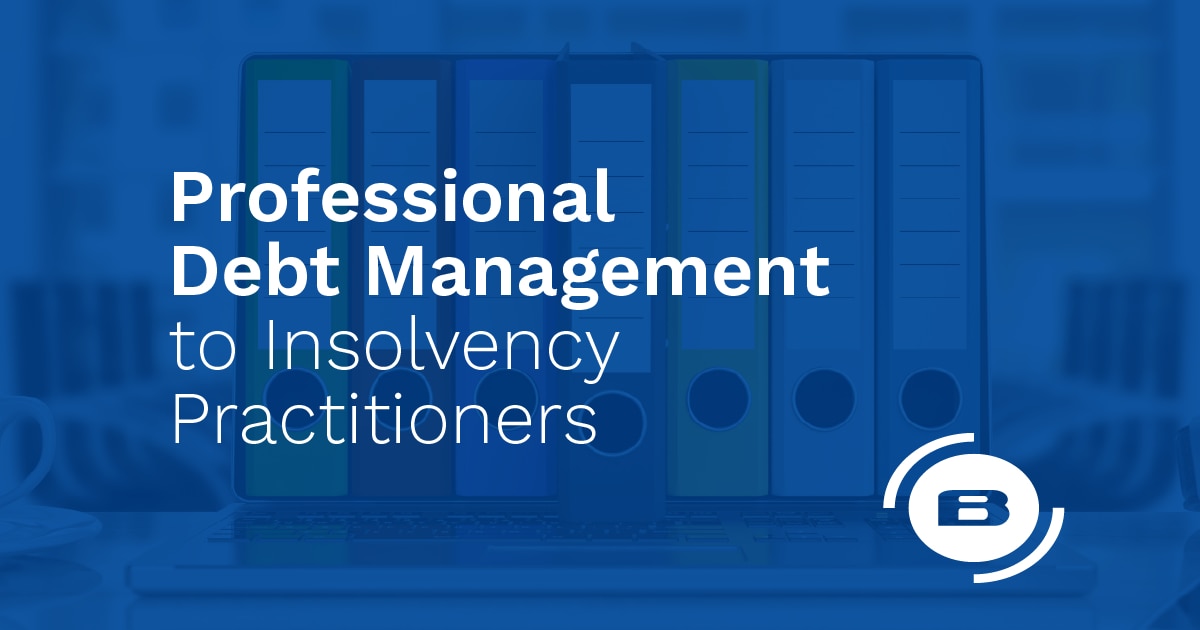The term may be, somehow, scary… but in the economic world we live in, is a fact people must deal with. We are talking about debt management, credit claim, insolvency and all that comes with it.
What is insolvency?
This is a term used when an individual or organization can no longer meet its financial obligations to its lenders, and debts became bigger and bigger as time goes by.
Before an insolvent company or person gets involved in insolvency proceedings, there are some informal arrangements with creditors that tend to set up alternative payment arrangements.
If there is no way you can pay your bills, the path is to become insolvent. By this time, some legal actions will be taken against the insolvent entity to get money and pay the creditors; in this case, some assets may be liquidated or accounts may be secured by banks.
To better accomplish their functions, insolvency practitioners must work with good insolvency case management software that will help them offering the best service possible to their clients.
There is always the possibility to restructure debt management into more manageable installments.
Insolvent or bankrupt?
There is a difference between insolvency and bankruptcy and a person or corporation can be insolvent without being bankrupt. But the other way around in not valid.
Insolvency is a state of economic distress, whereas bankruptcy is a court order that decides how an insolvent debtor will deal with unpaid bills. Bankruptcy can severely damage a debtor’s credit rating and its ability to borrow money for many years.
Insolvency can lead to bankruptcy if the insolvent party is unable to successfully address its financial condition.
Personal vs Business insolvency
The term itself is the same whether we are talking about personal insolvency or a business one. In practice, insolvency is also the situation where an entity cannot raise enough cash to meet its obligations or to pay debts as they become due for payment or the debts of a person exceed their assets.
Individuals and businesses can become insolvent because of a vast number of reasons, including:
- Job loss or important salary reduction
- Divorce
- Huge medical bills
- Imprudent use of credit
- Financial mismanagement
According to Statista, between 2015 and 2018, in Western Europe, France experienced the highest number of corporate insolvencies with nearly 54 thousand in 2018, followed by Germany and Great Britain. Portugal was above Spain with 5 888 and 4 131 insolvencies, respectively. At the other end of the table, Greece saw 84 corporate insolvencies in 2018 and Ireland 767.
The insolvency practitioner (IP) will manage your case, dealing with your creditors and arranging distribution of the payments.
In global terms, and according to Euler Hermes, by the end of this year, insolvency in the world may raise some 6 percent, with the region Asia/Pacific at the top of the index. North America is at the other end of the ranking, with a 0% perspective of business insolvencies.
France, Italy and Spain are set to post a trend reversal with a slight increase (+2%) on business insolvencies while Portugal and Ireland will be the major exceptions, with insolvencies remaining on the downside (-5% both), says Euler Hermes.
Also, according to Direção-Geral da Política de Justiça, in the last quarter of 2017, over 78% of the insolvency proceedings decided by the Portuguese courts were private.
Some business insolvency cases became famous for one reason or another. For instance, practitioners passed a large chunk of the year dealing with the fallout of a failed effort to turn around retail giant Toys R Us. The same destiny had the restaurants of Jamie Oliver, the famous chef that asked for insolvency.
To work in the area
All insolvency practitioners have a group of areas they must take care of; one of their functions is to keep track of repayments and scheduling the payments to creditors. But not the only one!
This person, licensed and authorized to act in relation to an insolvent individual, partnership or company, must also:
- sell the assets of the person or company who owes money;
- collect the values due to the person or company;
- agree creditors’ claims;
- send the money collected.
In fact, it is someone whose work involves dealing with many competing interests, but usually their main duty is to look after the interests of creditors.
To better accomplish their functions, insolvency practitioners must work with a robust insolvency software that can significantly improve efficiencies and help them offering the best service possible to their clients.
The software must always consider some of the following capabilities:
- GDPR compliant — There is the need to handle some very personal finance details from clients, so it is critical to make sure all the work is compliant with the most recent EU GDPR rules.
- To choose the best debt management solution — Working with the right software will help practitioners to automatically assess which solution is best for the client, based on the debt and expense levels.
- Track finances — Monitor client’s incoming and outgoing finances are vital in this area. Insolvency software should make this possible and easier for its users.
- Automated correspondence — Contacting lenders and clients is time-consuming, so you can use software that will do that for you. We are talking about the capability of sending automatic letters, emails and text messages to save time.
We are an agile software development company specialized in low code development. The LMS is the tool all insolvency practitioners need to improve efficiency and assure the best service to their clients. Find out more about it by requesting a demo to our team.


